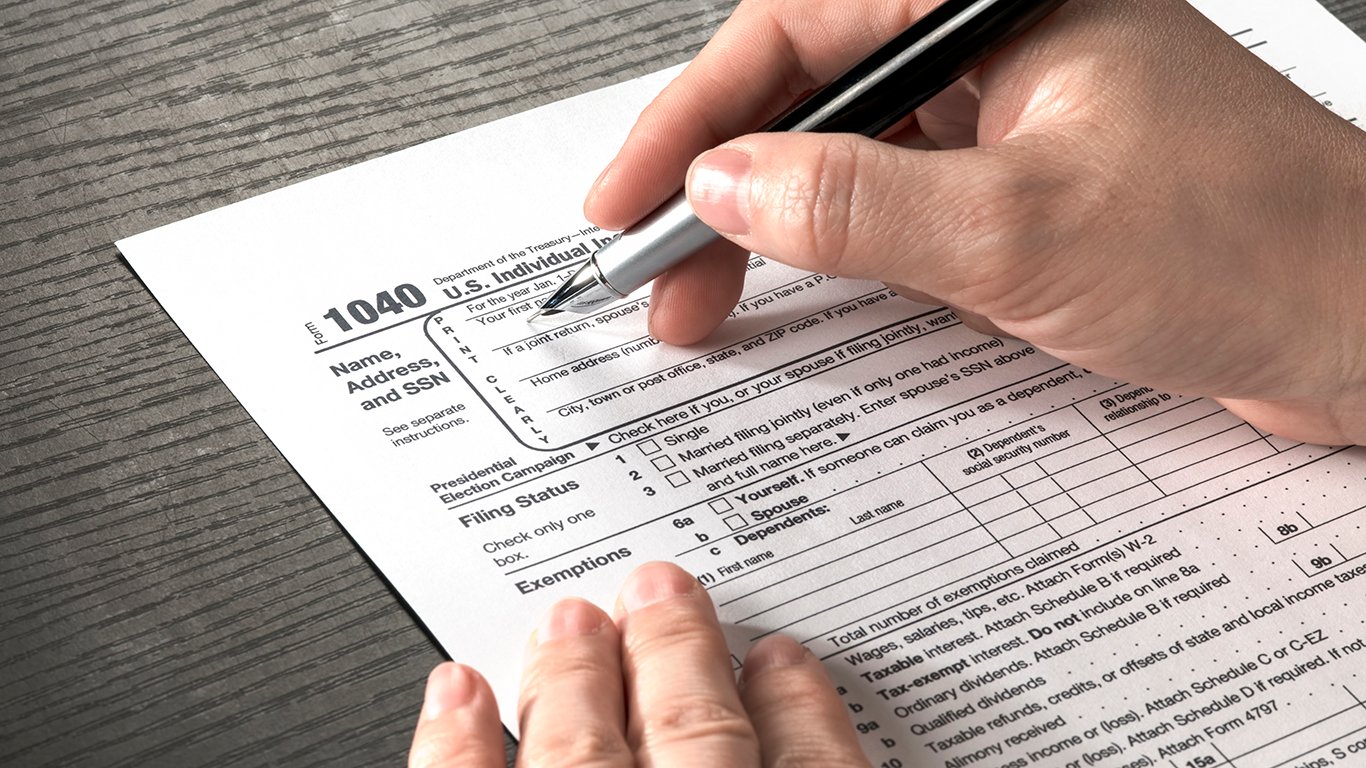

The price run-up in bitcoin during 2017 totaled more than 1,000%. If an exchange-traded equity had shown the same sort of price increase regulators would have been crawling all over it. But in the—at best—lightly regulated cryptocurrency market, it’s essentially every tub on its own bottom.
What if those tubs are not all riding the same wave? With hundreds of different cryptocurrencies and tokens available to choose from, can fiddling with one affect another?
Researchers John M. Griffin and Amin Shams at the University of Texas wanted to find out, so they examined the interaction between bitcoin and tether, a stablecoin cryptocurrency that is “purportedly” pegged to the U.S. dollar and backed by U.S. dollar reserves. The boom in bitcoin prices last year focused the researchers attention on two alternative hypotheses for tether: first, is tether demand-driven (“pulled”) by investors who hold fiat currency like dollars who like the idea of cryptocurrencies and also like the fact that tether is pegged to the dollar; or second, is tether supply-driven (“pushed”) by market participants regardless of demand from investors for tether to purchase bitcoin with?
If tether is pushed rather than pulled, tether’s founders have a “large incentive to create an artificial demand for bitcoin and other cryptocurrencies by issuing more tether.” As is the case when any issuer “prints” more money, there follows an inflationary effect that drives prices higher. The situation gets worse:
[T]he coordinated supply of Tether creates an opportunity to manipulate cryptocurrencies. When prices are falling, the Tether creators can convert their Tether into Bitcoin in a way that pushes Bitcoin up and then sell some Bitcoin back into dollars to replenish Tether reserves as Bitcoin price rises. Finally, if cryptocurrency prices crash, Tether creators essentially have a put option to default on redeeming Tether, or to potentially experience a ‘hack’ where Tether or related dollars disappear.
The researchers tested both hypotheses and the details, complete with illustrations and charts, are available at the ssrn.com website with free registration. We will be satisfied here to cite their conclusion:
By mapping the blockchains of Bitcoin and Tether, we are able to establish that entities associated with the Bitfinex exchange use Tether to purchase Bitcoin when prices are falling. Such price supporting activities are successful, as Bitcoin prices rise following the periods of intervention. These effects are present only after negative returns and periods following the printing of Tether. Indeed, even less than 1% of extreme exchange of tether for Bitcoin has substantial aggregate price effects. The buying of Bitcoin with Tether also occurs more aggressively right below salient round-number price thresholds where the price support might be most effective. Negative EOM [end-of-month] price pressure on Bitcoin only in months with large Tether issuance indicates a month-end need for dollar reserves related to Tether. Proxies for Tether demand receive little support in the data, but our results are consistent with the supply-driven manipulation hypothesis.
Overall, our findings provide substantial support for the view that price manipulation may be behind substantial distortive effects in cryptocurrencies. These findings suggest that external capital market surveillance and monitoring may be necessary to obtain a market that is truly free. More generally, our findings support the historical narrative that dubious activities are not just a by-product of price appreciation, but can substantially contribute to price distortions and capital misallocation.
The U.S. Securities and Exchange Commission (SEC) and the Commodities Futures Trading Commission (CFTC) have both put a stake in the ground regarding each agency’s role in regulating cryptocurrencies. If a digital asset is determined to be an equity and, therefore, regulated by the SEC that is not as happy a solution for cryptocurrency and token issuers as being regulated as a commodity by the CFTC where it’s almost literally every tub on its own bottom.
Take This Retirement Quiz To Get Matched With An Advisor Now (Sponsored)
Are you ready for retirement? Planning for retirement can be overwhelming, that’s why it could be a good idea to speak to a fiduciary financial advisor about your goals today.
Start by taking this retirement quiz right here from SmartAsset that will match you with up to 3 financial advisors that serve your area and beyond in 5 minutes. Smart Asset is now matching over 50,000 people a month.
Click here now to get started.
Thank you for reading! Have some feedback for us?
Contact the 24/7 Wall St. editorial team.



